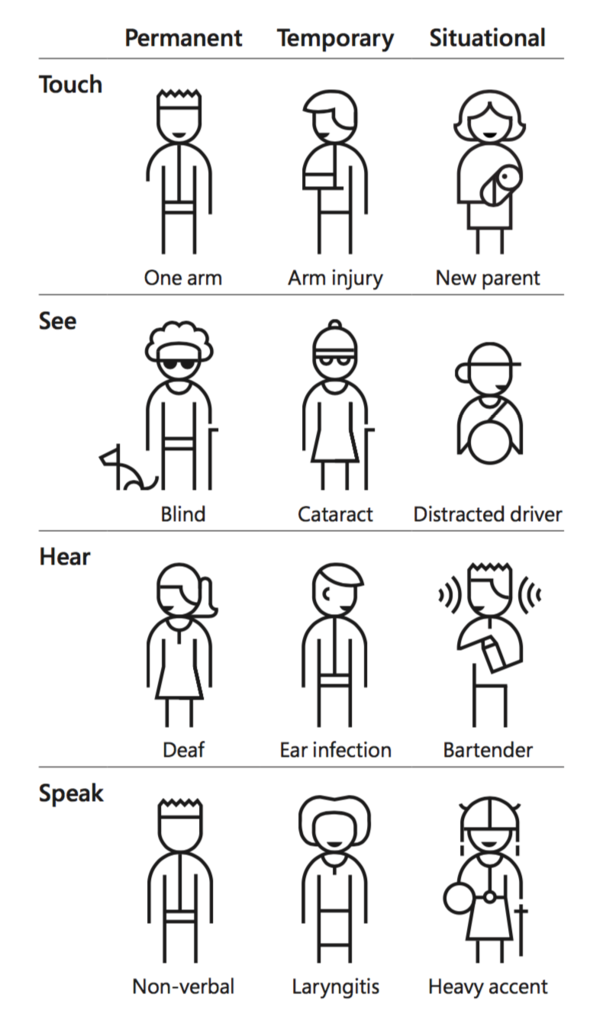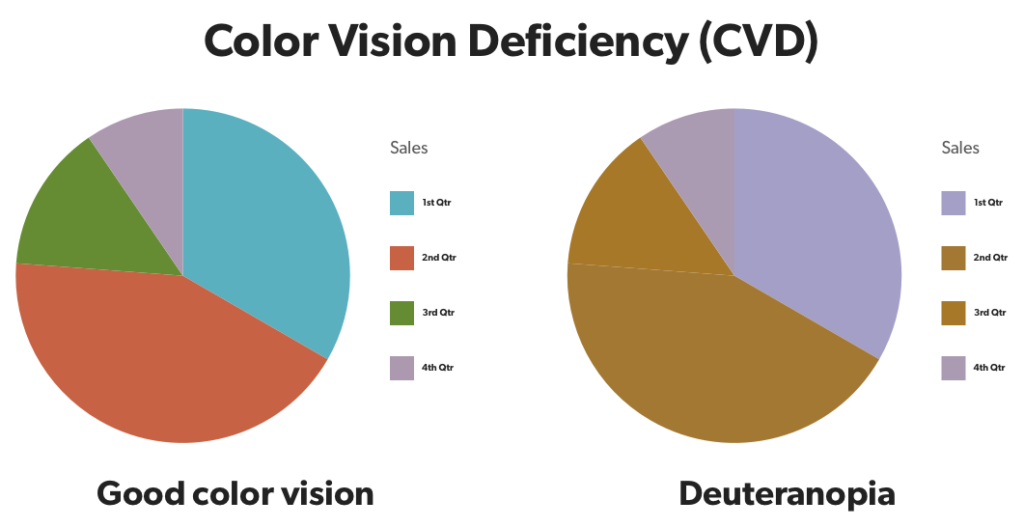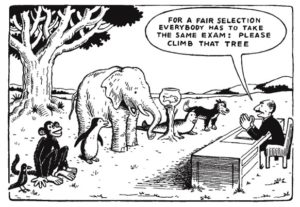The following is an article I wrote for my company's R&D newsletter, and the perspective is angled to that reader.
I was asked one day "is accessibility still a selling point?" I blinked. I'd never considered that ensuring our customers can use our product was a selling point; it's just what they expect when they use it. Others have asked if accessibility isn't just "a checklist of things and tests to do for screenreaders?" People tend to misunderstand the term as being simply a set of expensive things to do so that blind people don't sue you.
Accessibility is a result. Inclusion is an action.
Being accessible is something you ship. It's the end goal. But what does that mean? Matt May, head of Inclusive Design at Adobe and co-author of O'Reilly's Universal Design defined accessibility as
"the goal to ensure that products support each individual user’s needs and preferences".
That's a lot broader than whether a screen-reader can parse your UI. It sounds more like a CSAT score, and with good reason. To achieve an accessible product, we must practice inclusive design. Inclusive Design has been defined as "design that considers the full range of human diversity with respect to ability, language, culture, gender, age and other forms of human difference".
When you do so, a the customer is more satisfied with your product (i.e., higher CSAT score) because they didn't hit a wall built by ignorance of their needs.
Exclusion hurts everyone
I recently went on a trip with my 4-year-old daughter. Infants are pacified with a rattle or food; toddlers have expectations. My daughter expected access to an iPad loaded with games. On the flight, she got frustrated. "It not work!" she said as she tapped at the game's loading spinner. I tried quitting the game and restarting. Nothing worked. Later I would discover that the app only worked with an internet connection. This game had no internet features, no social aspects or in-game updates, but it wouldn't work without an internet connection. This isn't something you can explain to a toddler. There were tears and my scramble to find something to placate her (namely jelly sharks and watching Big Hero 6 on my phone).
We've all had that moment: something broke or frustrated you due to an aspect you had no control over. With that game, the developers had insisted on connecting to a server before the

Microsoft's Inclusive Design guide provide's examples of how major impairment types range across a wide variety of situations.
game would load. I have no idea why—maybe it was an anti-piracy concern—but it made perfect sense to them while building the app. Quite possibly they didn't even know the app did this… a bug left over from development. But it meant that game did not work and the whole plane got to hear about it. I wanted to scream at the game company, but without a wifi on the flight, I had to wait and forgot about it when I was calm.
Inclusive design helps us avoid these types of problems. By looking beyond ourselves and our expectations, we are able to avoid or rectify situations and patterns that cause our customers grief or block them from using our product. I've read posts about "designing for everyone" and, while I work daily on a client tools that serve business users, it's easy to see the writing as slanted entirely toward consumer apps, where the audience can be wildly broad. "Surely that doesn't apply… I'm just working on a product picker or reporting mechanism for someone in a cubicle somewhere," it can be tempting to think. "And anyway, we don't have the time to design for everyone! I have a deadline!"
Include your customers
How Inclusive Design differs from "design for everyone" or "universal design" is that it accepts that being inclusive of all your users' needs and expectations is a journey, not a deliverable. Part of that is scoping expectations, but always trying to be inclusive of more customers' needs as you go. To climb a mountain, your goal is to move upward, one step at a time.

Color Vision Deficiencies, commonly referred to as "color blindness", can have drastic impact on how you perceive data.
One key aspect that makes Inclusive Design more realistic is focusing on your customers—that is, the customers in your market. Designing for toddlers and designing for business users are two different things; you don't have to explain dropdown menus and buttons, for instance. But just because a business user at retailer or brand is a (hopefully) literate adult, it does not mean that they are you. They may speak a different language, may have different expectations around providing their name, or might not want to provide their email address. Yes, they very well could have vision or motor impairments. Or they could be someone using a 5 year old computer in a poorly lighted and distractingly noisy office environment. They may not have 20 minutes to complete the workflow you built, because they answer calls and have meetings all day.
[tweet 65857204221251584 align='center']
We should not expect that our customers will use our product exactly as we designed; We should expect that our customers are a diverse mix of people who just want to get work done.
"When you call something an edge case, you’re really just defining the limits of what you care about." – Eric Meyer
We're living in a world where every day, people do things without considering the consequences. From Uber to Facebook to politicians to you throwing a plastic bottle in the trash, we're facing consequences for taking the easy road and skipping our ethics. In his Design Ethics manifesto, Mike Monteiro wrote,
"Every human being on this planet is obligated to do our best to leave this planet in better shape than we found it. [You] don't get to opt out."
We don't strive for inclusion and accessibility because they are trendy, legally required, or selling points; we do them because they are the Right Thing To Do™.


